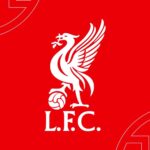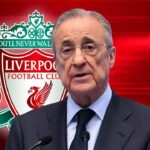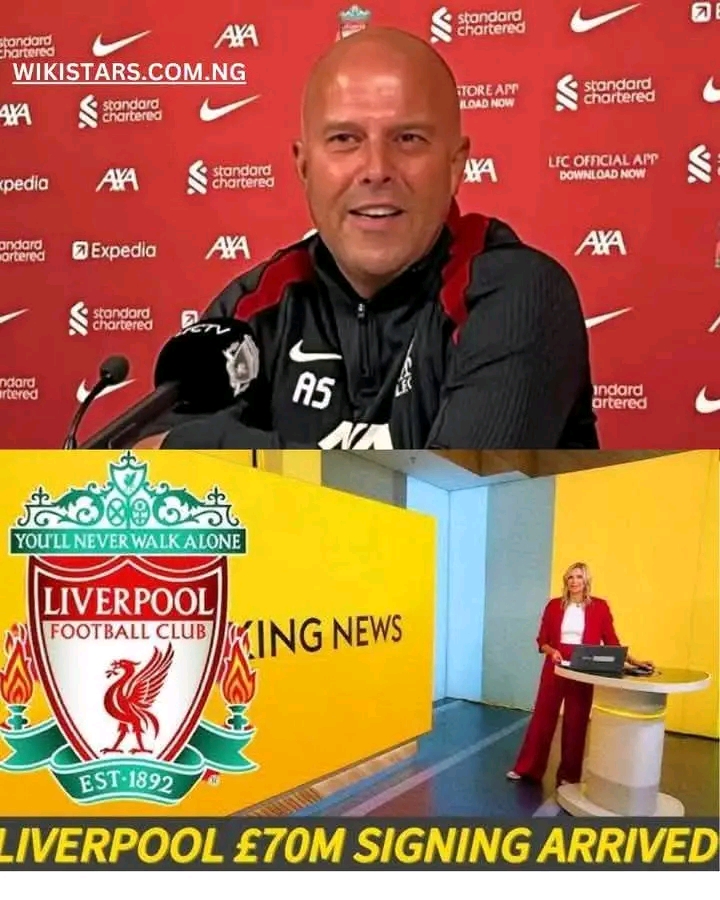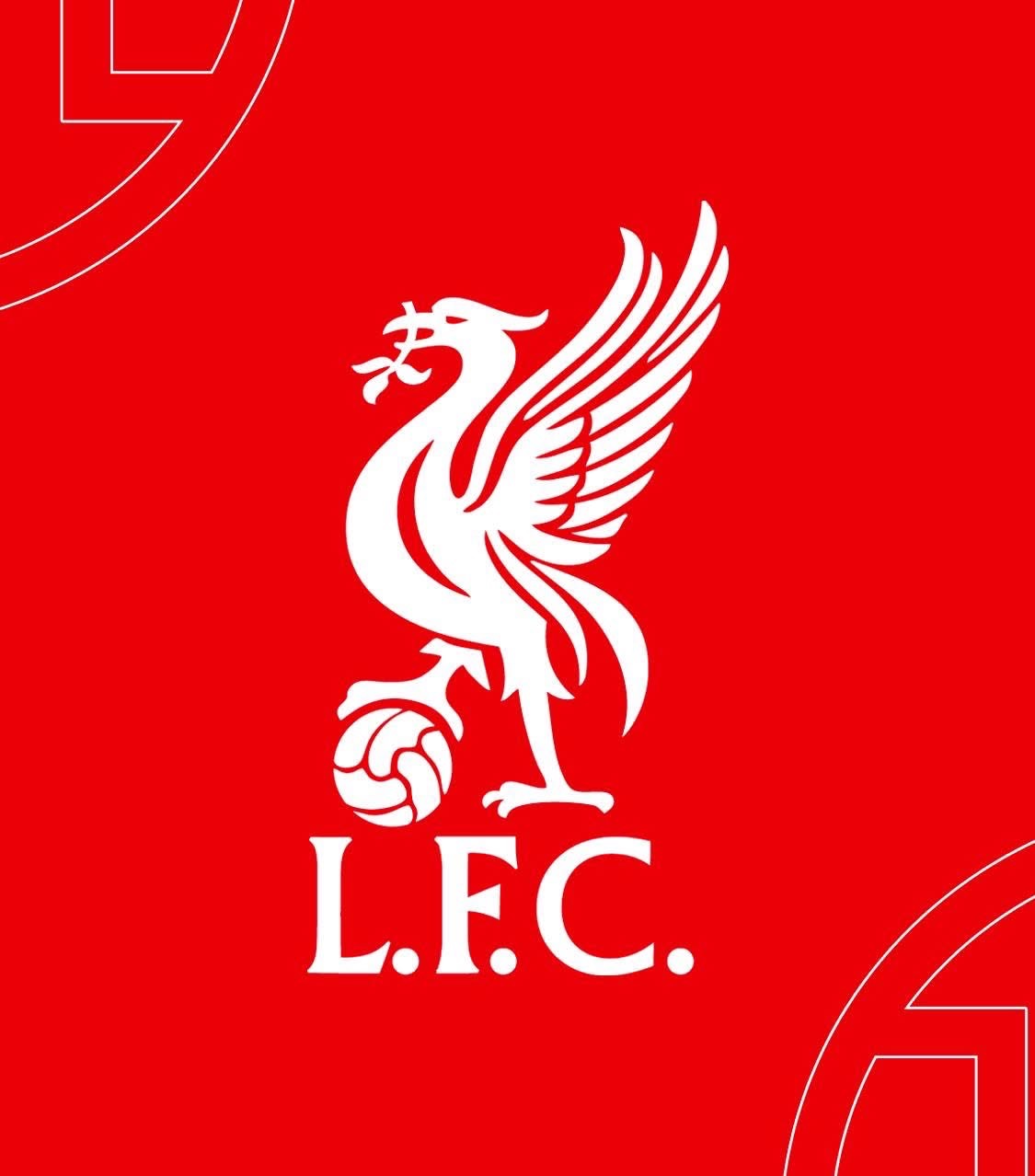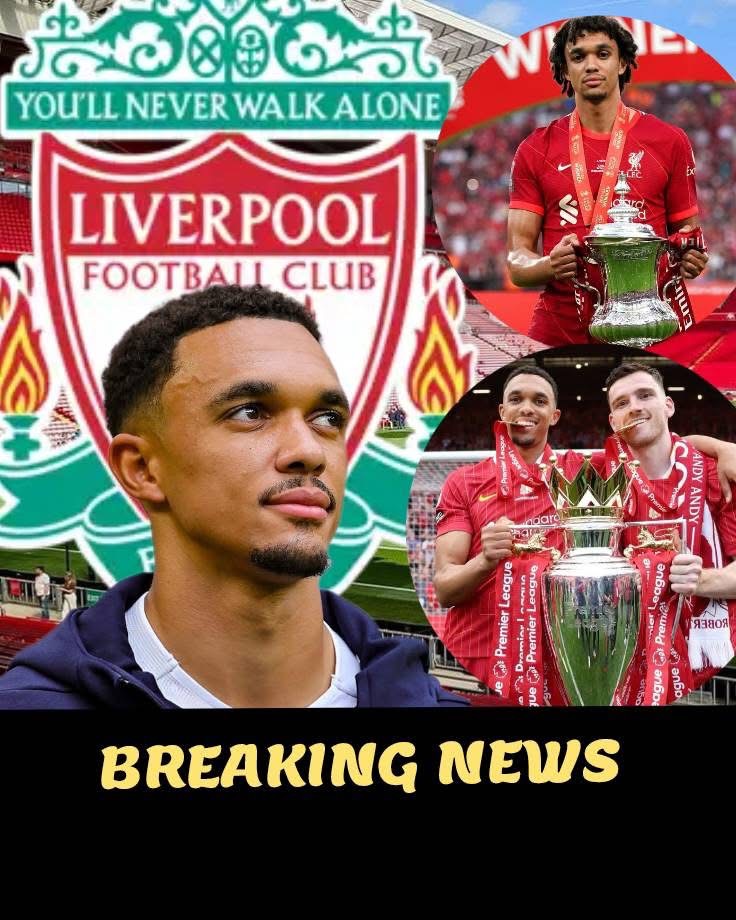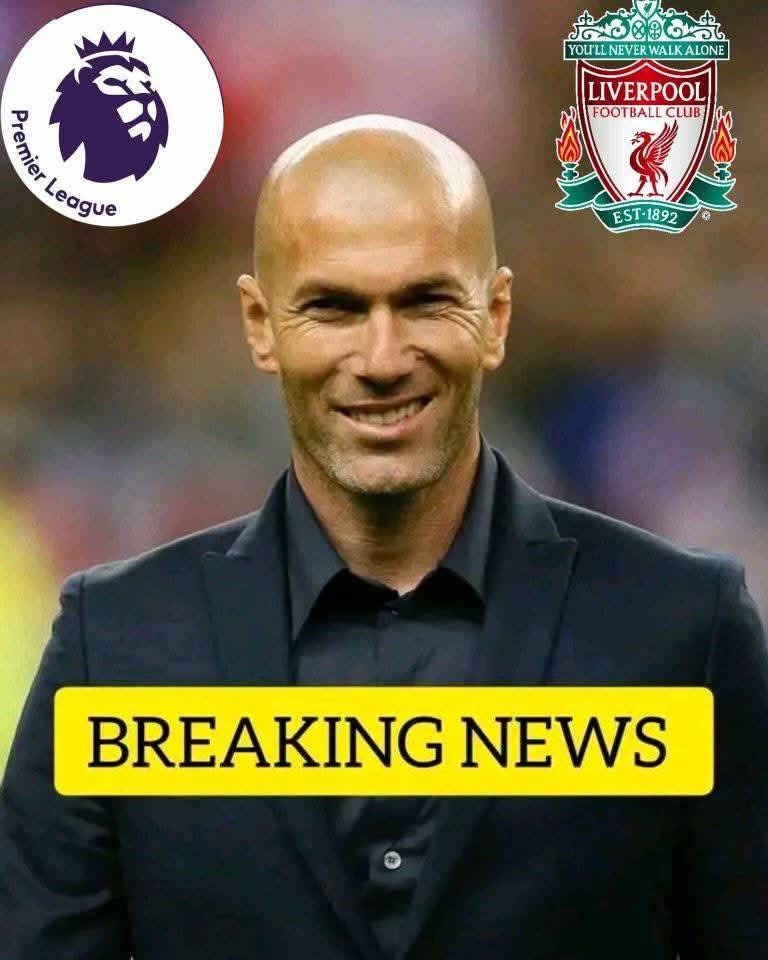The football world has witnessed one of the most remarkable revivals in modern sport as Liverpool Football Club has risen from a fading giant into one of the most attractive destinations for elite players. Today, stars from around the globe—especially from Brazil—openly express their desire to wear the famous red shirt, a complete turnaround from the club’s darkest era.
To understand this transformation, it is necessary to revisit the Roy Hodgson period—a chapter most fans would rather forget. Hodgson’s brief tenure from July 2010 to January 2011 is widely regarded as Liverpool’s lowest point in recent history, when the club’s decline looked irreversible.
At that time, Liverpool was drowning in debt under American owners Tom Hicks and George Gillett, struggling after a seventh-place league finish and facing fears of long-term decline. Hodgson, chosen for his steady reputation, proved unsuited to managing a club of Liverpool’s stature.
The transfer market during his reign reflected the club’s fall. While Europe’s biggest sides targeted world-class players, Liverpool were linked with journeymen like Carlton Cole, who had managed just eight goals for West Ham the previous season. His serious consideration highlighted how far standards had slipped.
Signings such as Cristian Poulsen and Danny Wilson added to the gloom. Poulsen, a combative midfielder from Juventus, never fit Liverpool’s style and came to symbolize Hodgson’s uninspiring football. Wilson, a young defender from Rangers, was presented as a “marquee signing”—a notion that seemed laughable for a club that had recently competed with Real Madrid for the best talent. These players were not failures on their own, but they represented a misguided vision of what Liverpool should be.
Fast forward to today, and the difference is staggering. Liverpool has re-emerged as a global powerhouse, now attracting elite players who are eager to move to Anfield. Brazilian stars in particular are leading this wave of interest, inspired by the success of Alisson Becker and Fabinho under Jürgen Klopp, who helped restore Liverpool’s appeal worldwide.
Much of this revival is credited to Klopp’s arrival in October 2015. The German not only brought tactical brilliance but also reconnected the club with its true identity. His intense, attacking football matched the spirit of Anfield, while his ability to elevate players like Mohamed Salah, Sadio Mané, and Virgil van Dijk reinforced Liverpool’s status as a place where talent thrives.
Beyond the pitch, the club invested in infrastructure—the world-class Kirkby training complex and Anfield’s expansion signaled clear ambition. Unlike the Hodgson era, when poor facilities and financial instability drove talent away, today’s Liverpool matches Europe’s elite in professionalism, sports science, and resources.
Most importantly, Liverpool rediscovered how to win. The Champions League triumph in 2019 and the Premier League crown in 2020 ended long droughts, firmly re-establishing the Reds among football’s elite. These victories did more than add trophies; they reshaped global perceptions, making Liverpool a symbol of success once more.
Klopp’s Liverpool has built a culture of resilience, drama, and brilliance. From the unforgettable comeback against Barcelona to fierce title battles with Manchester City, the Reds have created moments of magic that attract ambitious stars. For today’s players—especially Brazilians—joining Liverpool is not just about competing for silverware; it is about being part of an evolving football story where individual brilliance combines with collective triumph.
From the despair of Hodgson’s tenure to the glory of Klopp’s reign, Liverpool’s journey is one of the greatest tales in football—a reminder that ambition, identity, and belief can restore even the proudest of clubs to their rightful place at the top.

